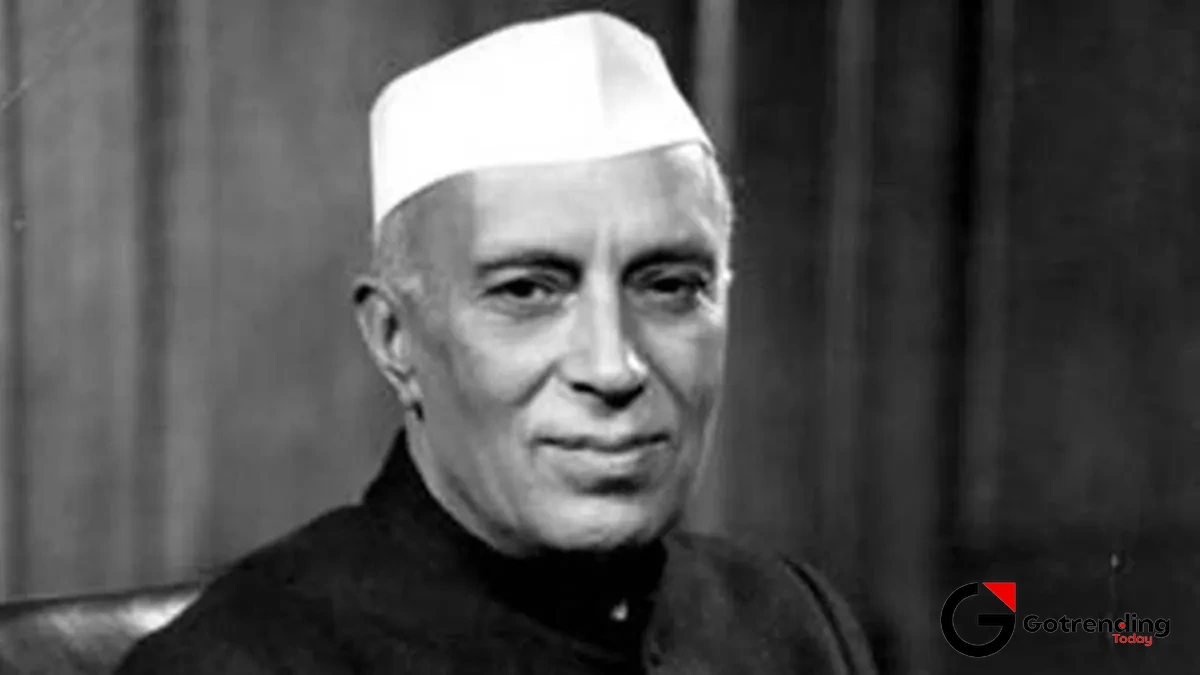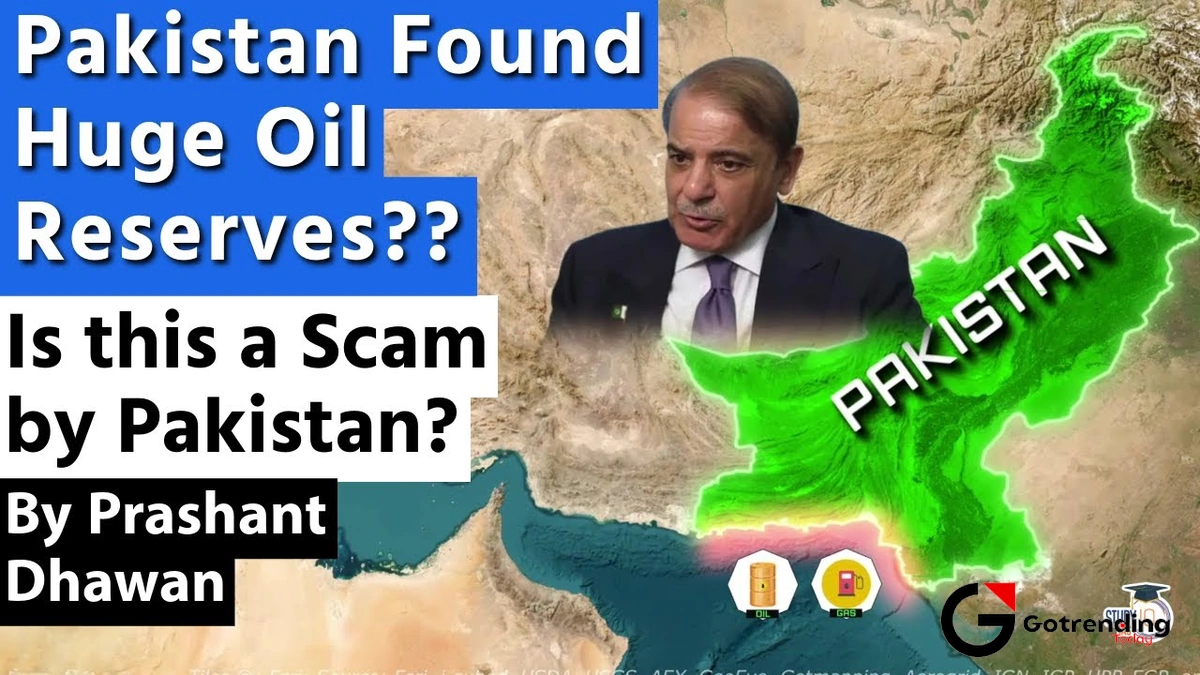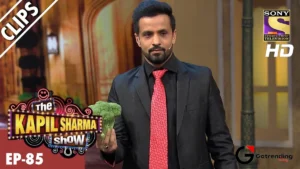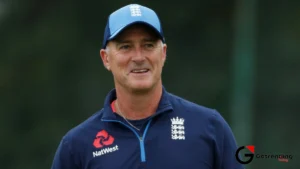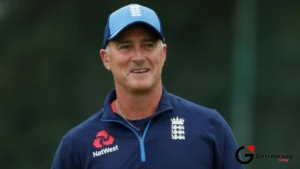The Rose and the Steel | Grappling with Jawaharlal Nehru
You know the picture. The crisp, white achkan, the thoughtful eyes, and always, the single red rose. For years, that was the image of Jawaharlal Nehru etched into my mind. A symbol of romance, of poetry, of a gentle idealism. But the more I read, the more I think about him, the more I realize that image is both perfectly true and woefully incomplete. The man who wore the rose was also a man who dealt in steel the steel of industry, of dams, of a new nation’s foreign policy. And that’s where the story gets really, truly interesting.
He wasn’t just a figure in a history textbook. He was a force, a personality that shaped the very grammar of modern India. And we’re still arguing about the sentences he wrote.
The Architect, The Dreamer, The Man in the Arena
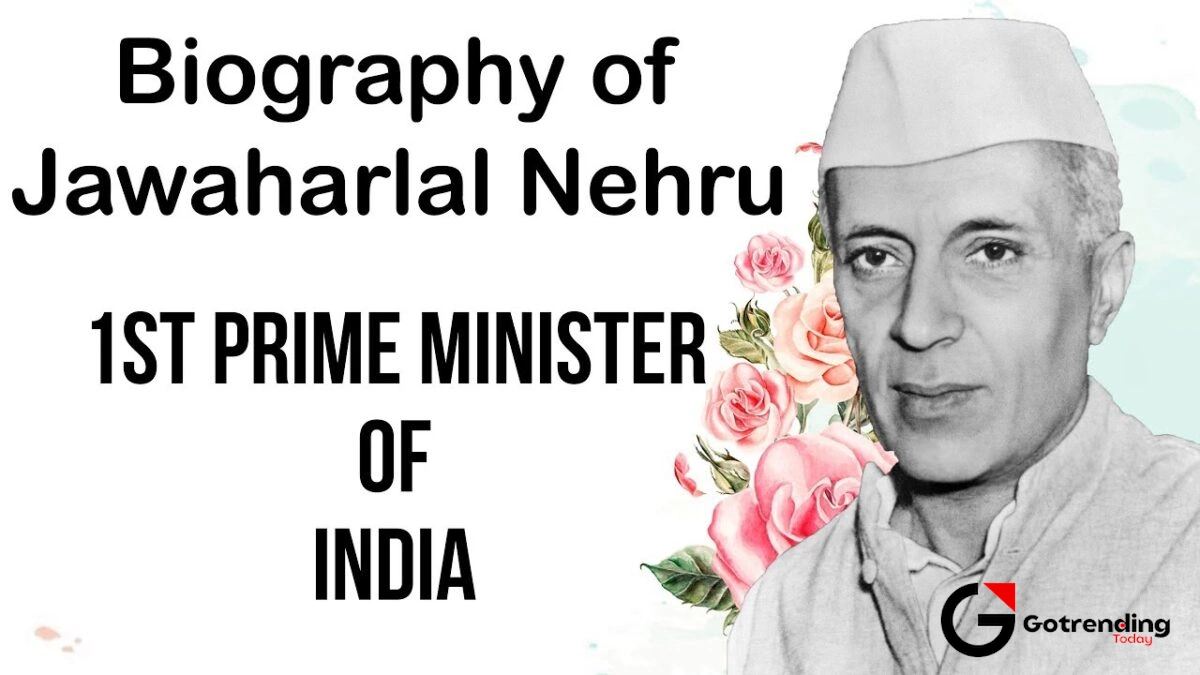
Let’s call him what he so often is: the architect of modern India . It’s a grand title, almost mythological. But for a moment, try to imagine the sheer scale of the task. He inherits a nation born from the bloody trauma of Partition, a land of immense poverty, fragmented by centuries of colonial rule. What do you do? Where do you even begin?
Nehru’s answer was big, bold, and unapologetically ambitious. He talked of dams and factories as the “temples of modern India.” Think about that phrase. It’s not just about economics; it’s about faith. A faith in science, in progress, in the idea that a nation could pull itself up by its bootstraps through sheer will and central planning. The IITs, the IIMs, the atomic energy program these were the pillars of his vision. He wasn’t just building infrastructure; he was trying to build a new kind of Indian mind. A scientific, rational, forward-looking one.
Was it perfect? Absolutely not. But you have to admire the audacity of it all. It wasn’t a cautious, shuffling-forward kind of leadership. It was a leap. A leap of faith.
That ‘Tryst with Destiny’ Moment
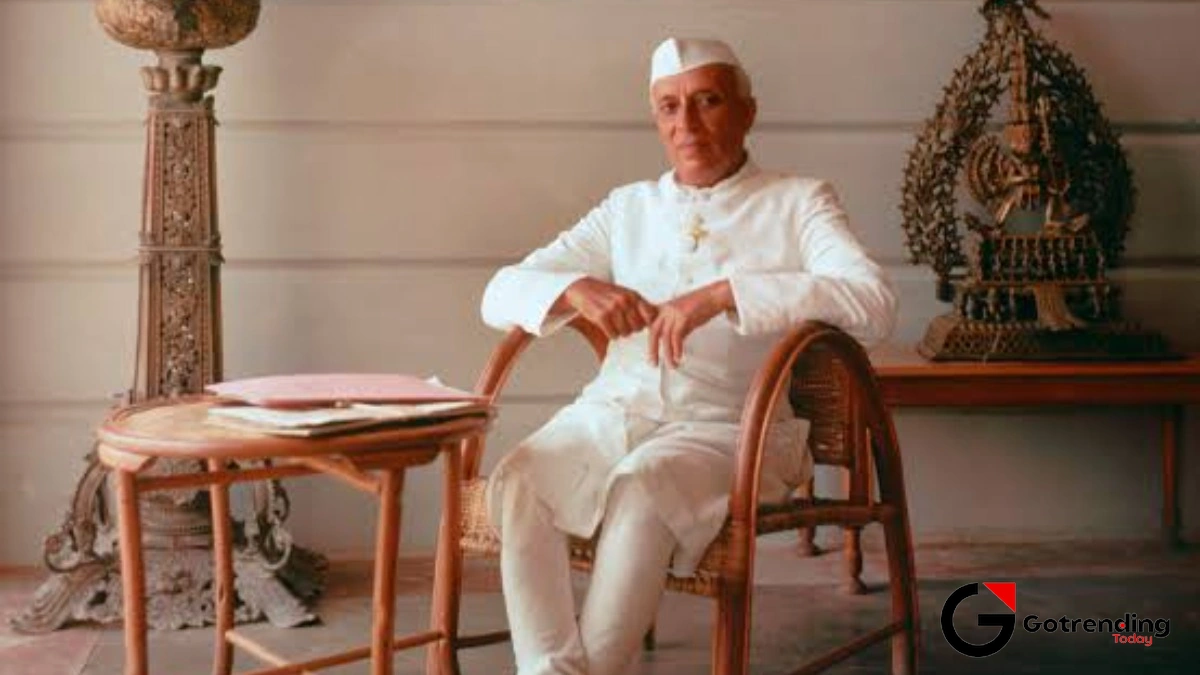
I keep coming back to the Tryst with Destiny speech. We’ve all heard the famous lines: “At the stroke of the midnight hour, when the world sleeps, India will awake to life and freedom.” It’s pure poetry. Goosebumps stuff.
But the context is what gives it its devastating power. While he spoke those beautiful words in Delhi, entire regions of the country were on fire. The Partition was a human catastrophe of unimaginable proportions. So, this speech wasn’t a victory lap. It was a promise made in the dark, a candle lit against a hurricane. It was Nehru, the idealist, trying to impose a narrative of hope and destiny onto a reality of chaos and despair.
And in that single moment, you see the central tension of the man himself. The dreamer forced to be a pragmatist. The poet who had to become a politician. The immense weight of that responsibility is something I don’t think we can ever fully comprehend. It’s a bit like the plot of a sweeping epic, maybe something like the story in Avatar: Fire and Ash , where destiny and chaos collide.
The Controversies We Can’t Ignore
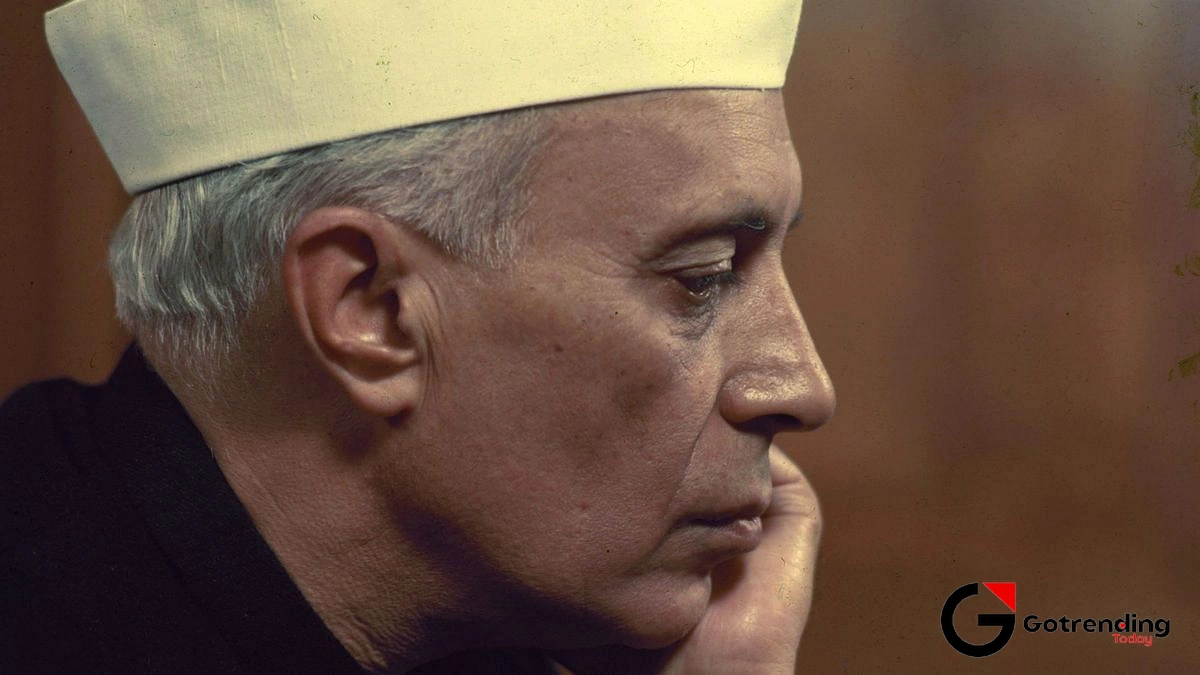
Okay, let’s get into it. You can’t talk about Jawaharlal Nehru without talking about the criticisms. And there are plenty. It would be dishonest to ignore them.
The economic model of Nehruvian socialism is a huge one. The “License Raj” it spawned is blamed for stifling innovation and slowing economic growth for decades. Critics argue his state-led model created inefficiency and corruption, holding India back while other Asian economies soared. And they have a point. The course correction of the 1990s was, in many ways, a direct response to the limitations of that initial vision.
Then there’s the 1962 Sino-Indian War. It was a national humiliation, and many lay the blame squarely at Nehru’s feet for misjudging the geopolitical situation and leaving the military unprepared. His idealism, particularly his “Hindi-Chini Bhai Bhai” approach, crashed hard against cold, hard realpolitik. This is perhaps the most tragic chapter of nehru’s legacy , a moment where his worldview was brutally tested and found wanting.
And, of course, Kashmir. The decision to take the issue to the United Nations is a move that has been debated, dissected, and lamented for over 70 years. It’s an incredibly complex issue with no easy answers, but his role in its initial handling remains a central point of contention in Indian politics today. Acknowledging these failures isn’t about tearing the man down; it’s about seeing him in 3D. Leaders are flawed. Their decisions have consequences that echo for generations.
Beyond the Politics | The Writer and the Man
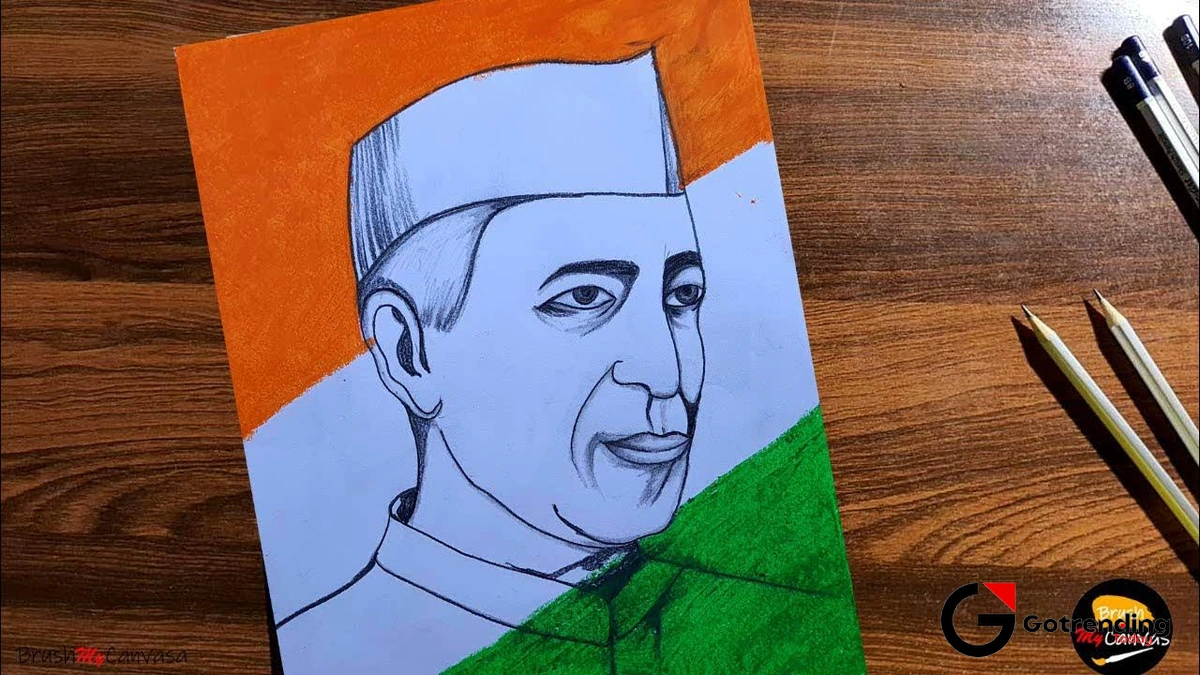
But here’s the thing. If you only see Nehru as a politician, you’re missing half the picture. Maybe more.
Have you ever read his letters to his daughter, Indira? Or better yet, his book, The Discovery of India ? He wrote much of it while imprisoned by the British. Think about that. Locked in a cell, he embarks on an intellectual journey through 5,000 years of his country’s history, trying to understand its soul. It’s not a dry academic text. It’s a personal, sweeping, and often deeply moving exploration of what it means to be Indian. It reveals an intellectual depth and a romantic spirit that you just don’t find in the political speeches. This is the man behind the first prime minister of india .
This is the Nehru who was friends with Einstein, who could quote Shelley, and who saw India not just as a political entity but as a grand, flowing river of culture and ideas. It’s this side of him that explains the rose on the achkan. It wasn’t a political prop. It was a genuine part of who he was. An intellectual, a writer, a historian who just happened to be given the job of running one of the world’s most complex countries. Sometimes it feels like he was a character dropped into the wrong game, or maybe he was playing a different, longer game all along, like a grand strategy game that has nothing to do with a simple PUBG Mobile Update .
His foreign policy, the Non-Aligned Movement (NAM), is a perfect example of this. In a world starkly divided between the USA and the USSR, he tried to carve a “third way.” It was an audacious, intellectual idea. A political philosophy more than a strategy. The official history of this can be found in places like the Ministry of External Affairs archives . It was about claiming moral and strategic independence. While its effectiveness is debatable, the sheer ambition of the idea tells you everything about the man who conceived it.
So, how do we sum him up? We don’t. That’s the whole point. Jawaharlal Nehru isn’t a simple verdict. He’s a conversation. He’s a debate that India is still having with itself. The foundations he laid are the ones we’re still building on, arguing over, and sometimes trying to tear down. He is woven into the fabric of the nation so deeply that to understand India, you have to grapple with him. The rose, and the steel.
FAQs | Getting to Know Nehru Better
Was Jawaharlal Nehru really a socialist?
That’s the million-dollar question, isn’t it? He was definitely influenced by Fabian socialism from his time in England, but calling him a doctrinaire socialist is a bit of a stretch. He believed in a mixed economy. He wanted the state to control the “commanding heights” heavy industry, big infrastructure to drive development and prevent wealth concentration. But he left a lot of room for private enterprise. So, “pragmatic socialist with a strong belief in central planning” is probably a more accurate, if less catchy, label than just “socialist.”
What is Nehru’s most important legacy?
This is tough because there are so many competing claims. For some, it’s his unwavering commitment to democracy and secularism, establishing institutions that have (mostly) held firm. For others, it’s the scientific and technological base he built (the IITs, space program). Critics, however, might point to economic stagnation or the Kashmir issue as his most enduring legacy. I think his most important legacy is the very idea of a pluralistic, democratic, modern India. That was the dream, and we are all still living inside its complex reality.
Did Nehru and Gandhi always agree?
Not at all! Their relationship was deep and affectionate, but also full of profound disagreements. Gandhi envisioned an India of self-sufficient villages (“Gram Swaraj”), while Nehru was a modernist who believed in industrialization and urbanization. Gandhi was deeply religious, whereas Nehru was a secular agnostic. Gandhi famously called Nehru his “heir,” but he also acknowledged their vast differences, saying, “he will not cease to be an instrument of [India’s] service.” They were two sides of the independence coin.
Why do people still argue about him so much today?
Because the questions Jawaharlal Nehru tried to answer are the same questions India is still grappling with. What is the right economic path? What should India’s role in the world be? What is the true meaning of Indian secularism? His policies and his vision created the framework for modern India, so when we debate the country’s present and future, we are, in essence, debating with Nehru’s ghost. He’s not just a historical figure; he’s an active participant in today’s political discourse.
